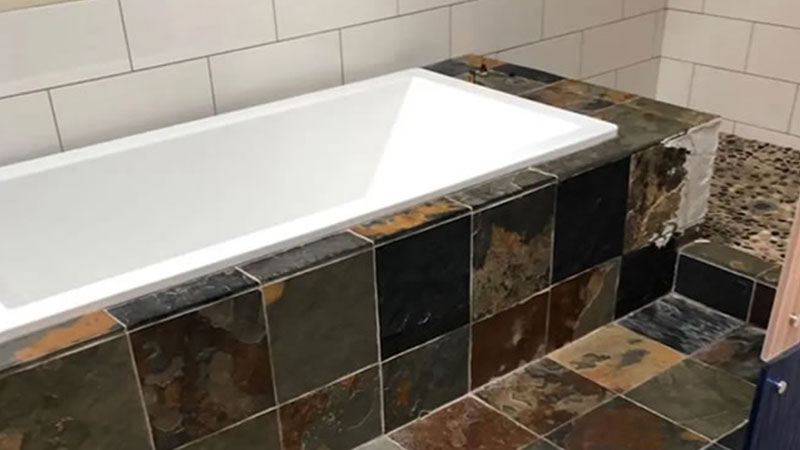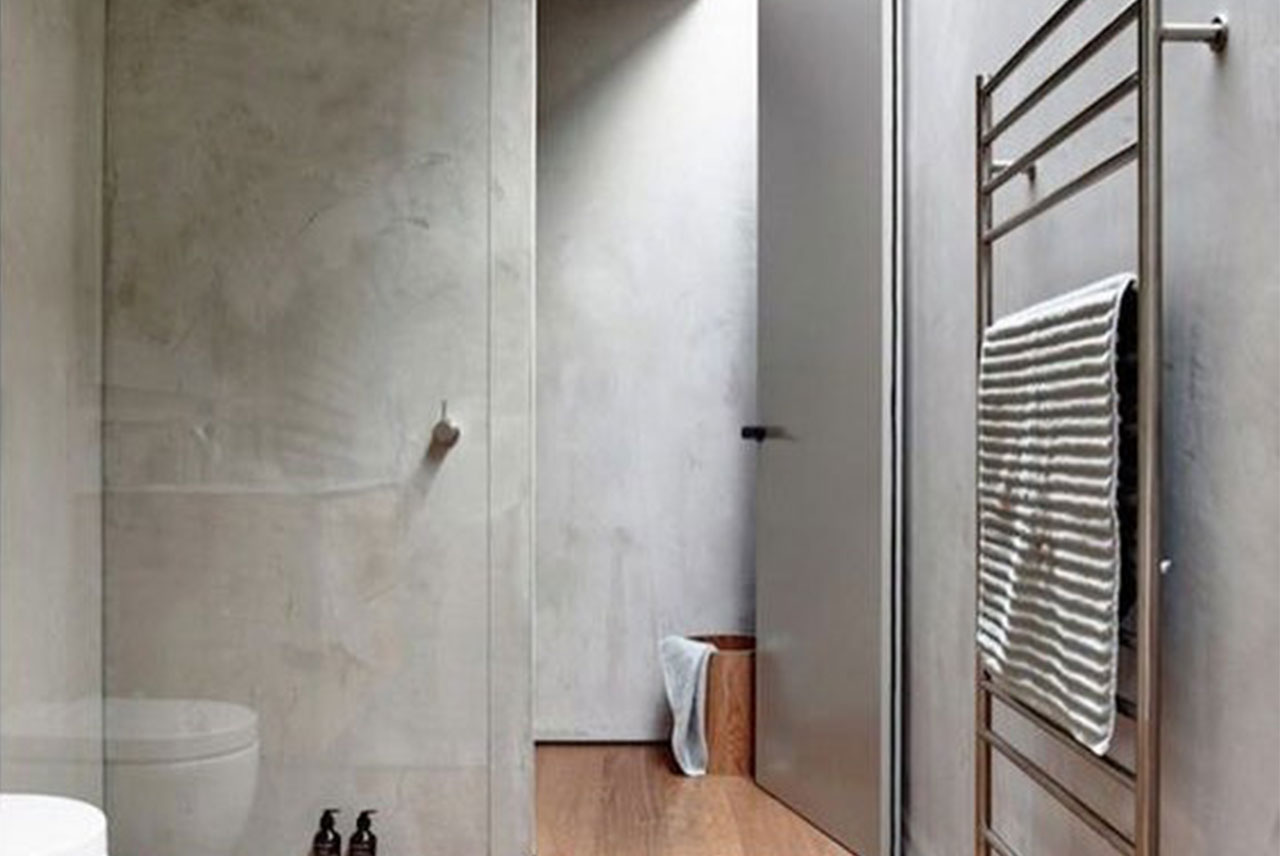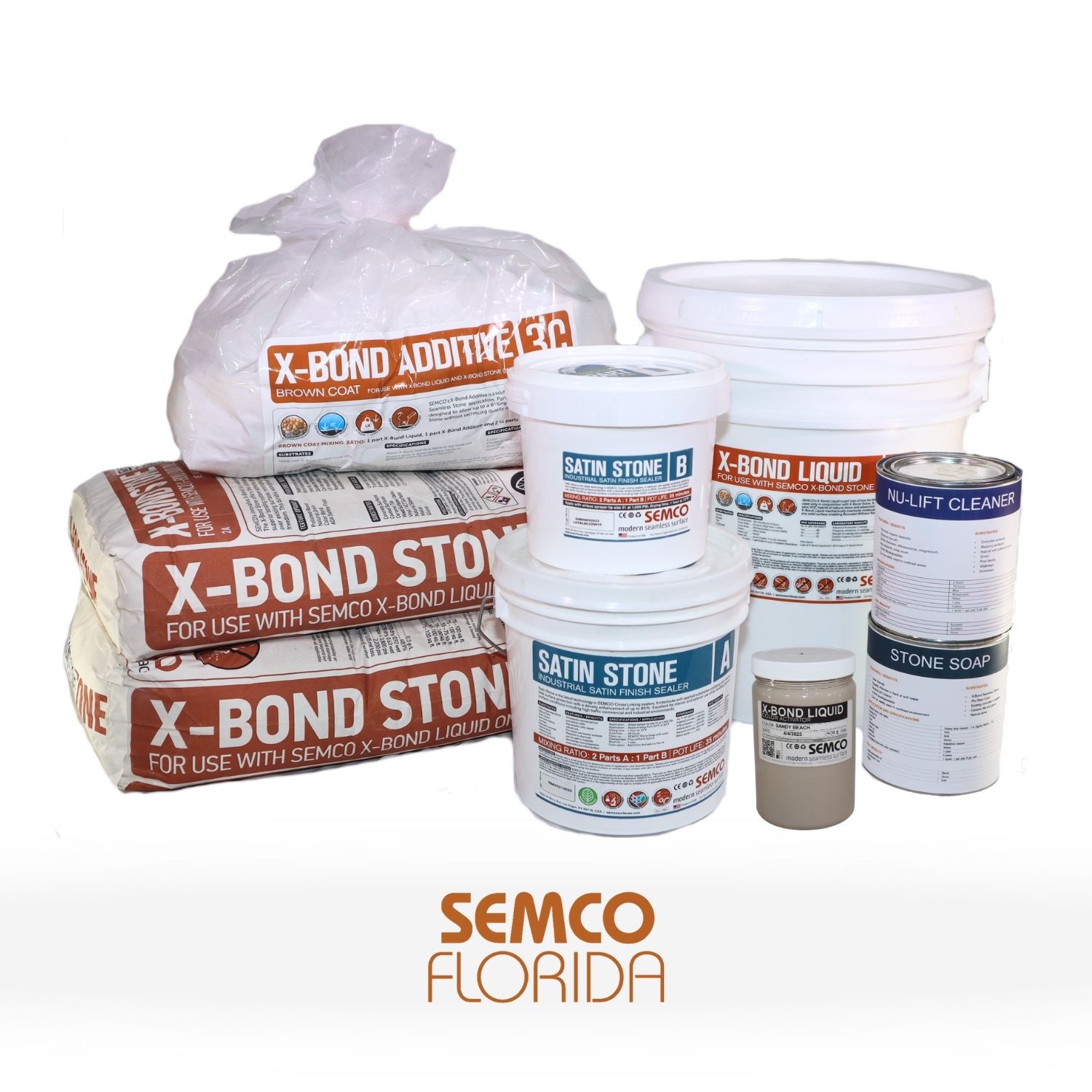Know The Difference Between Shower Tile Resurfacing, Replacing And Refinishing
What is the difference between shower tile resurfacing, tile refinishing and tile removal?
You can replace your tile, refinish it or you may want to consider shower tile resurfacing.

Published: by SEMCO FL
Know The Difference Between Shower Tile Resurfacing, Replacing And Refinishing
What is the difference between shower tile resurfacing, tile refinishing and tile removal? Bathroom remodeling is a big job. There are a lot of things to consider. And if you have a tile floor or shower tile, at some point during the remodeling process, you will have to make a decision about what to do about it. If your bathroom remodel matches your current tile, you may not need to do anything to update the tile floor or shower tile. But if your shower tile is old, broken or just plain ugly, you have several options. You can replace your tile, refinish it or you may want to consider shower tile resurfacing. All three options come with there own distinct advantages and their own distinct drawbacks. Let’s take a look.
Shower Tile Resurfacing
We have already discussed how to update tile floor without removing it in another blog. The same concept applies to shower tile and wall tile. Resurfacing shower tile involves overlaying the old shower tile with a micro-cement, also called a micro-topping. The cementitious overlay adheres to the tile at the molecular level, ensuring long lasting durability. The advantages of covering shower tile include reduced cost. By cutting out the entire process of wall and shower tile removal, resurfacing shower tile is significantly cheaper than replacing the tile. The shower tile resurfacing material used by Semco also comes in a variety of stylish and waterproof colors, polishes and finishes that you can match to your bathroom remodeling palette.

Refinishing Shower Tile
Concrete is perhaps the most common flooring surface material. Even under hardwood or tile, there is a concrete foundation. In some sense, then, all floors are concrete floors. Exposed concrete floors, like those found in warehouses, garages, driveways and municipal applications often undergo a lot of use and abuse. Concrete cracking and concrete spalling can be a safety or OSHA lawsuit in the making and stained, cracked and crumbling concrete on driveways and sidewalks can ruin the curb appeal of business and homes.
Concrete resurfacing is an alternative to concrete demolition and removal. The main advantage of concrete resurfacing is that it can repair and resurface concrete flooring or exterior surfaces much cheaper than demolishing, removing and repouring new concrete. Unless your concrete surface is completely crumbling, concrete resurfacing is probably your best choice. Learn more about concrete resurfacing here.
Replacing Your Shower Tile
The final option is to remove and replace your shower tile completely. This is the most labor intensive and costly option. But if you really like tile, and your remodel requires it, it can be a good option if you can afford it. Most people hire a contractor to remove tile, but you can do it yourself if you have the time and tools. Check out our article on how to remove wall tile to learn more. If you do it right, you can recycle or even sell your old tile. This can cut back on the total cost of the project.
Shower Tile Resurfacing With Semco Florida
We want you to do what you think is best for your tile remodeling project. But if you choose to resurface your shower or wall tile, Semco Florida can help you every step of the way. Semco’s Remodel Without Removal system makes remodeling any kind of tile, including shower tile, a breeze. It comes in a variety of waterproof, mildew resistant polishes, finishes and textures and colors. Unlike tile refinishing you can create a brand new surface that has no visible grout lines. Tile refinishing typically employs an epoxy paint that, while durable, is not a permanent solution. The Semco system creates a permanent microcement layer on top of your tile that resembles a polished concrete or venetian plaster. It comes in popular colors like, greys, beige, white, black and more. It is most often applied by a professional applicator as there are many steps involved. If you have skill with troweling or in applying a decorative concrete it can be a DIY product though this is less common.
Let’s hear from you!
Ready to take it a step further? Let’s start talking about your project or idea and find out how we can help you.
Have questions? We can help!
Have Any Questions?
We would love to hear from you! Let’s start talking about your project or idea and find out how we can help you.
- Call us: 954-852-7281
- Get a quote: Free Quote

Since 1991
Concrete & Tile Resurfacing Solutions
SEMCO Florida, Innovation driven surface engineering company that specializes in developing surfacing products for floors, walls, pool decks and waterproofing.

